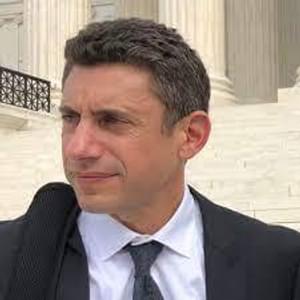A recent Florida case indicates that the decision about who is the next person to be executed is more dependent on a few individuals in the governor’s office than on an orderly process. Richard Henyard is scheduled for execution this month although 198 other Florida death row inmates were sentenced to death before him. One such inmate, Gary Alvord, was sentenced to death two months before Henyard was born and has been on death row longer than any other inmate in the nation. When asked how the Governor’s office chose Heynard before the others, Governor Charlie Crist’s spokesman Sterling Ivey said, Florida has no “hard formula set down on paper.” The state Department of Corrections did not participate in the choice of Henyard in any way, according to a DOC spokeswoman. Henyard was selected for execution by the governor’s legal team — General Counsel Jason Gonzalez and Assistant General Counsel Rob Wheeler — which reviews details of death-row cases, including “how heinous, atrocious and cruel the crime is” and whether the victim was a child or elderly, said Ivey. With the second largest death row population in the U.S., 56 Florida inmates have been on death row a decade or longer than Henyard. Michael Radelet, a former University of Florida professor who has studied Florida’s death-penaly system explained, “The decision on who is next to die is a political one and not a criminological one.” Assistant State Attorney Bill Gross, who prosecuted Henyard, argued, “It doesn’t matter who’s first and who’s 325th.” One of the family members in Henyard’s case, the mother of the two young girls who were killed, opposed the death penalty. She said in July, “It won’t bring back my girls.”
(S. Hudak, “Inmate to die though 198 sentenced before him,” Orlando Sentinal, September 9, 2008). See also Arbitrariness.
Arbitrariness
Apr 25, 2023

Law Reviews — Racial Bias in Felony Murder and Accomplice Liability
Arbitrariness
Mar 24, 2023

REPRESENTATION: Why Poor People in Texas End Up on Death Row and Face Execution
Arbitrariness
Feb 17, 2023


